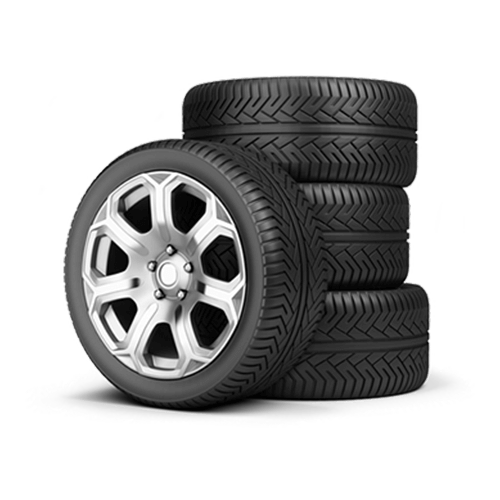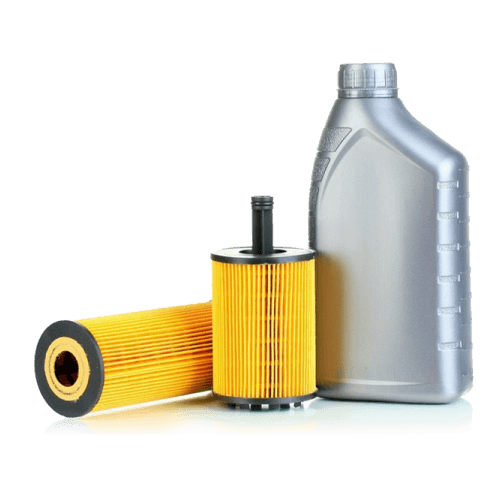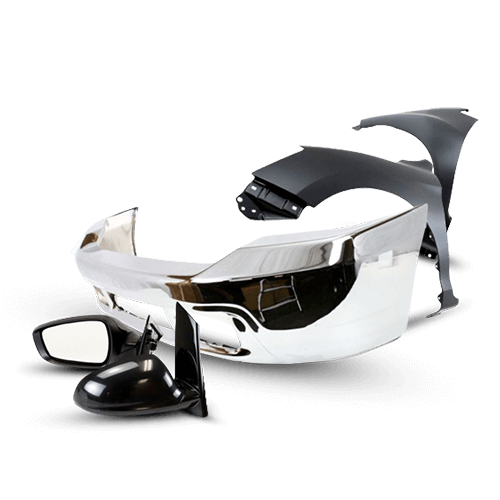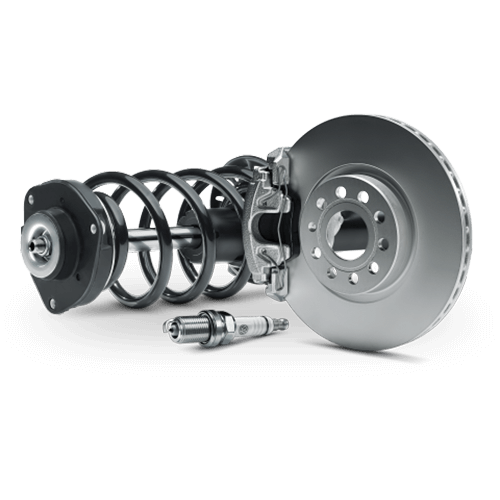
One million X Brighter
Ok. That would just pretty much burn the road you are driving, and entire human race along with it. If you look at the packages of Osram or Philips, you've noticed that some bulbs have up to 100% brighter, some have up to 150% brighter sign. Is this nothing more than a bunch of marketing people sitting in their office and throwing a dart on the board to see which percentage they would use to market the bulbs? Not quite. The initial question would be getting more light even possible, given the fact that all have the same electric output in watts. There is a misconception that to have more light you need more wattage. We at HIDCONCEPT.COM, call this, "Mad Science Theory." This is not true. Rather, it is the luminous flux in the lumen that contributes to the light more than the electrical output. What is luminous flux? From Wikipedia, what is luminous flux. Luminous Flux (Φv) is energy per unit time (dQ/dt) that is radiated from a source over visible wavelengths. More specifically, it is energy radiated over wavelengths sensitive to the human eye, from about 330 nm to 780 nm. Thus, luminous flux is a weighted average of the Radiant Flux in the visible spectrum. Due to the regulation, lumen and watts are both limited in the production of the automobile bulbs. So, how do Osram and Philips achieve getting more lights? The answer is technical fine-tuning.
Unfortunately, many people think getting lots of light right in front of the car is the ideal way to gauge a good light output. Rather, good distant visibility is somewhere in between 50~75 meters ahead. Think about it. Would you rather see a deer ahead of 50 to 75 meters away or right before you hit that venison meat that will turn your hood into accordion? Now, since the regulation limits the other ways to boost up the lights, how do you boost the light output? One option is to optimize the luminance. In short, you want to produce as much light as possible on an as smaller a spot as possible. With the bulbs, such as the NIGHT BREAKER® LASER from Osram, the bulbs are optimized in few ways that make this possible.

Without dramatically decreasing the life in the filament of the bulb, increasing the luminance is not as easy as it sounds. However, there are other engineering ways to make this happen. One way is to rearrange the filament coils. By alternating the arrangement of the filament coils closer together and further apart, the process creates what the experts called, "variable pitch." By optimized filament geometry, the filament gets "hotter," thus brighter (And, whiter) than the conventional incandescent bulbs. The other way is to mix up the compositions of the halogen gas in the bulb and its pressure. In short, what these processes make the filament to be hotter and so the bulb gets, "brighter." A side effect, in which some people may desire, is that this also makes the light color to move closer to the blue side. (Disclaimer: The lights will not be in "blue".) With the bulbs like Osram Night Breaker Laser, the new laser coating technology makes the light to emit at the maximum crucial spots with efficiency. In HID Xenon bulbs brightness is increased mainly by moving the point of arc toward the roadside. (More on this in a later blog)
Now, going back to that 100, 150% brighter part you read on the package of Philips or Osram bulbs, how much is it true? One thing to note is that those figures are compared to the conventional type of halogen bulb and in a laboratory environment. When we did an independent test at HIDCONCEPT.COM, we found that the improvement is somewhere in between 20~40% brighter than the conventional incandescent bulbs. Also, 100 or 150% more light means that more light is projected onto the important areas of the road ahead, and not so much that the bulb is overall 100% brighter. (Note that all the description does say, "UP TO.") With all that being said, these performance bulbs are better than the standard incandescent bulbs and we are confident that the driver with these bulbs would share the satisfaction of the bulb's performance as well.






